The 6th Big Data Forum for Life and Health Sciences
The 6th Big Data Forum for Life and Health Sciences ( 2021/10/15 - 2021/10/15)
Biological research has entered the era of big data, including a wide variety of omics data and covering a broad range of health data. Such big data is generated at ever-growing rates and distributed throughout the world with heterogeneous standards and diverse limited access capabilities. However, the promise to translate these big data into big knowledge can be realized only if they are publicly shared. Thus, providing open access to omics & health big data is essential for expedited translation of big data into big knowledge and is becoming increasingly vital in advancing scientific research and promoting human healthcare and precise medical treatment.
It is our great pleasure to announce that the 2021 Big Data Forum for Life and Health Sciences will be held on October 15, 2021. A few renowned biomedical data scientists have agreed to give speeches. Likely, you are also cordially invited to share your work and participate in this exciting event.
会议主题: The 6th Big Data Forum for Life and Health Science
会议时间: 2021/10/15 - 2021/10/15
会议通知下载
参会报名表

Organizing Committee

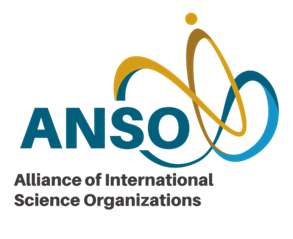



Previous Conferences
- The 9th Big Data Forum for Life and Health Sciences, 2024
- The 8th Big Data Forum for Life and Health Sciences, 2023
- The 7th Big Data Forum for Life and Health Sciences, 2022
- The 6th Big Data Forum for Life and Health Sciences, 2021
- The 5th Big Data Forum for Life and Health Sciences, 2020
- The 4th Big Data Forum for Life and Health Sciences, 2019 (Invited speakers: Peer Bork, Janusz M.Bujnicki, Weihua Chen,...)
- The 3rd Big Data Forum for Life and Health Sciences, 2018 (Invited speakers: Luonan Chen, Frank Eisenhaber, Michael Galperin,...)
- The 2nd Big Data Forum for Life and Health Sciences, 2017 (Invited speakers: Alex Bateman, Runsheng Chen, Chris Sander,...)
- The 1st Big Data Forum for Life and Health Sciences, 2016 (Invited speakers: Domenica D'Elia, Erik Bongcam-Rudloff, Jun Yu,...)
Invited Speakers

National Genomics Data Center, Beijing Institute of Genomics, CAS
China National Center for Bioinformation
China

Yunnan University
China
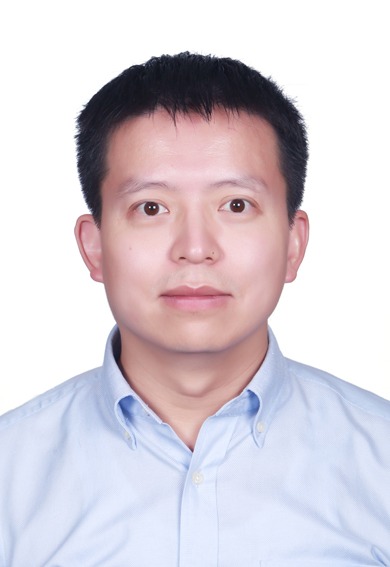
Peking University
China

National Genomics Data Center, Beijing Institute of Genomics, CAS
China National Center for Bioinformation
China

Center for Epigenetics & Disease Prevention Institute of Biosciences and Technology, Texas A&M University
United States

Peking University
China

Beijing Institute of Genomics, CAS
China National Center for Bioinformation
China

Peking University
China

Biomedical Informatics, Harvard Medical School
United States

Center for Genetic Medicine Research, Children's National Hospital, Department of Genomics and Precision Medicine, George Washington University
United States

School of Biological Science & Medical Engineering, Southeast University
China

National Genomics Data Center, Beijing Institute of Genomics, CAS
China National Center for Bioinformation
China
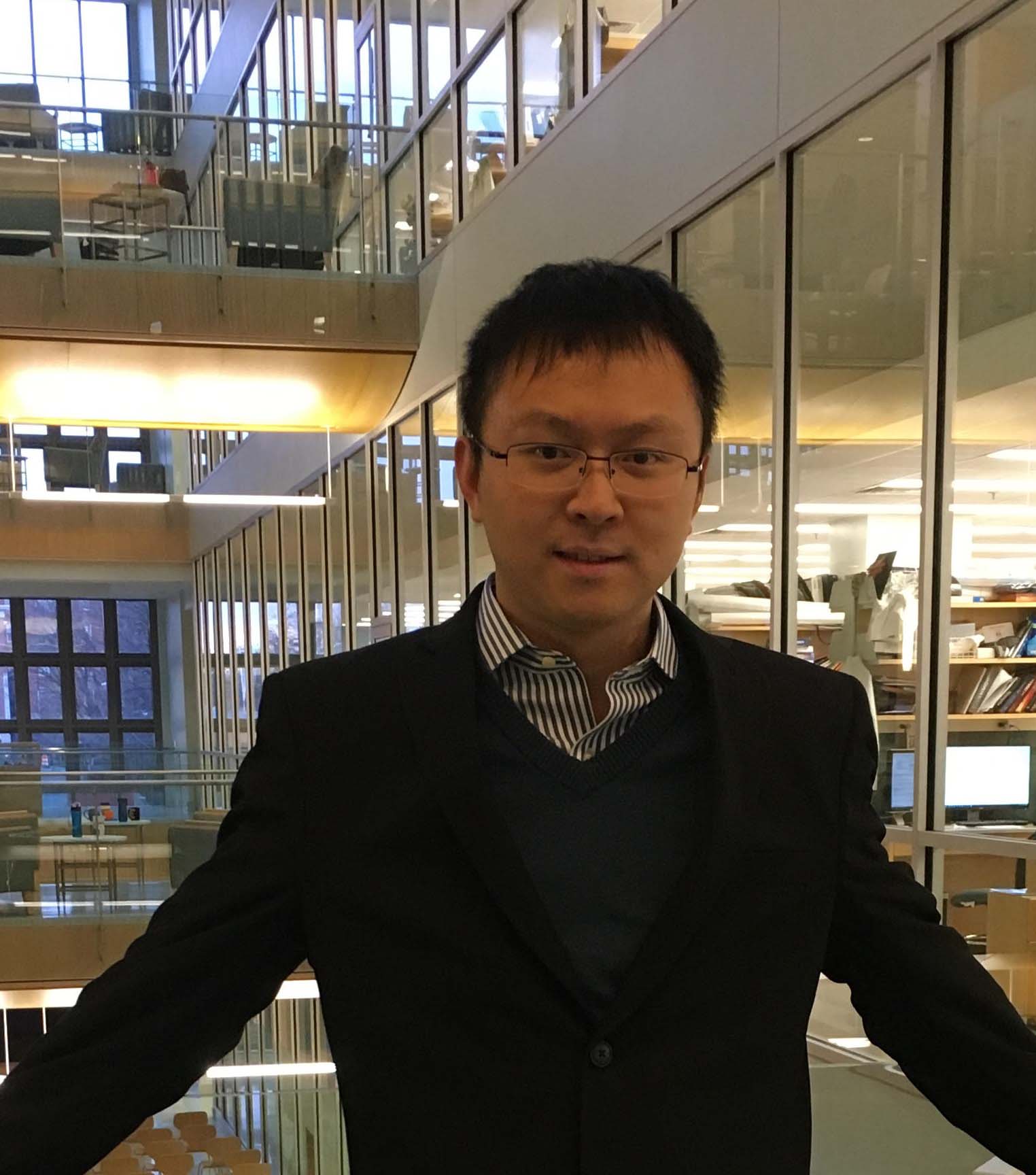
Center for Novel Target and Therapeutic Intervention, Institute of Life Sciences, Chongqing Medical University
China

Agricultural Genomics Institute at Shenzhen, Chinese Academy of Agricultural Sciences
China

Zhejiang University Medical Center
China

National Genomics Data Center, Beijing Institute of Genomics, CAS
China National Center for Bioinformation
China

Institute of Apicultural Research, Chinese Academy of Agricultural Sciences
China
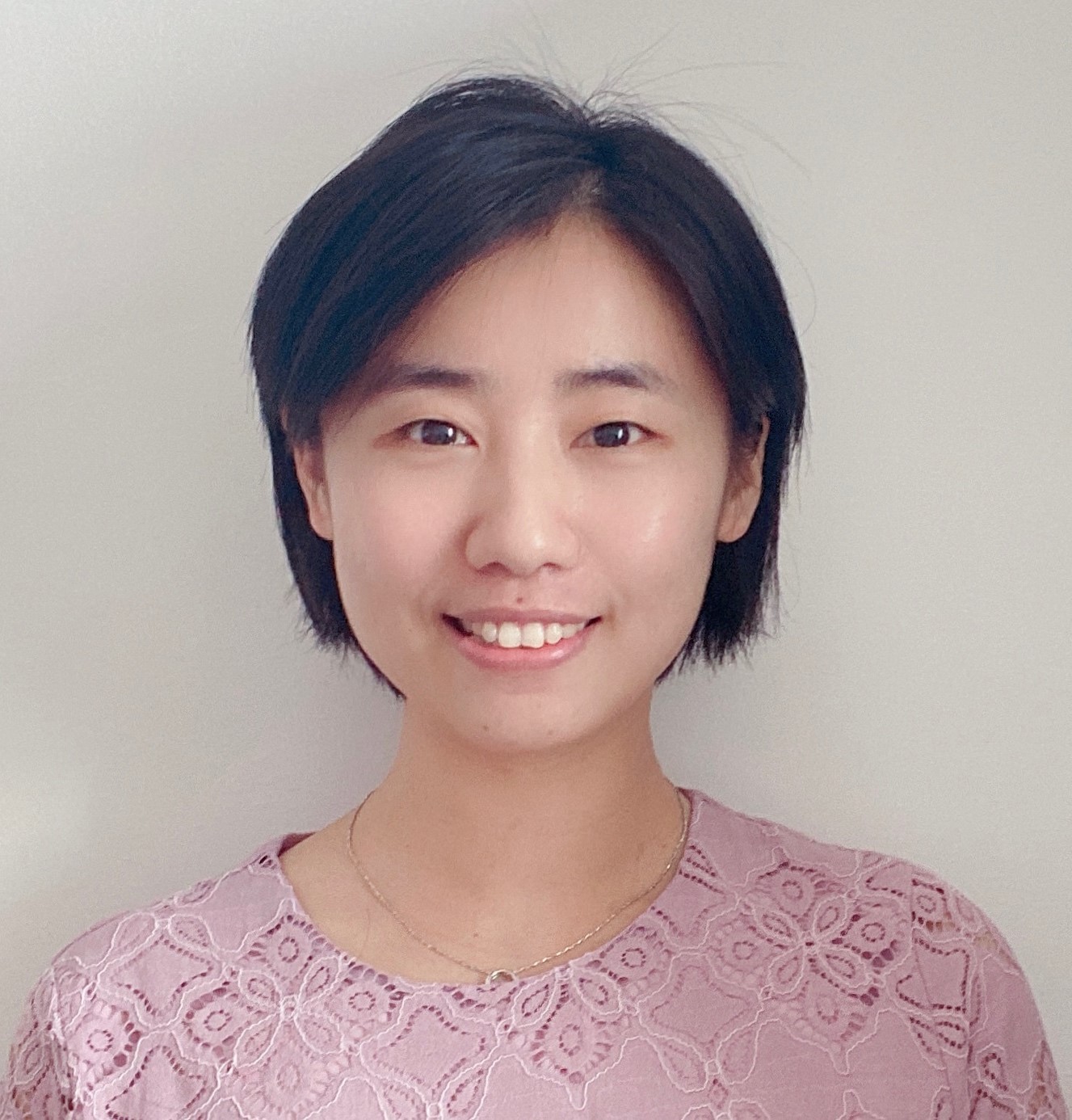
Jilin University
China

National Genomics Data Center, Beijing Institute of Genomics, CAS
China National Center for Bioinformation
China

College of Bioinformatics Science and Technology, Harbin Medical University
China
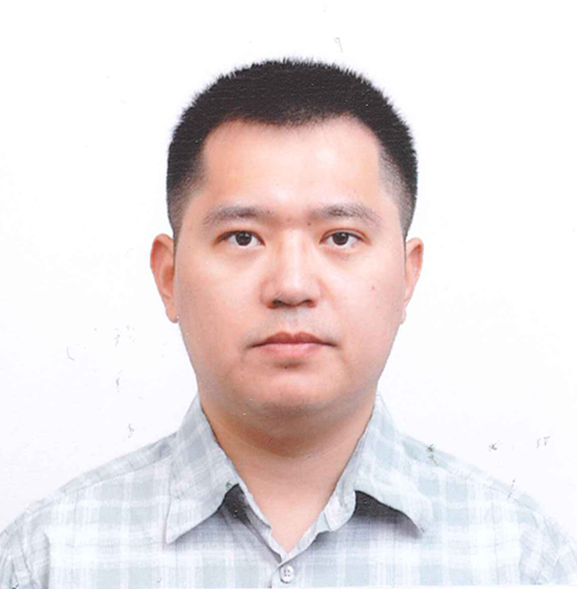
Xi'an Jiaotong University
China

Shanghai Institute of Immunology, Department of Immunology and Microbiology, Shanghai JiaoTong University School of Medicine
China

National Genomics Data Center, Beijing Institute of Genomics, CAS
China National Center for Bioinformation
China